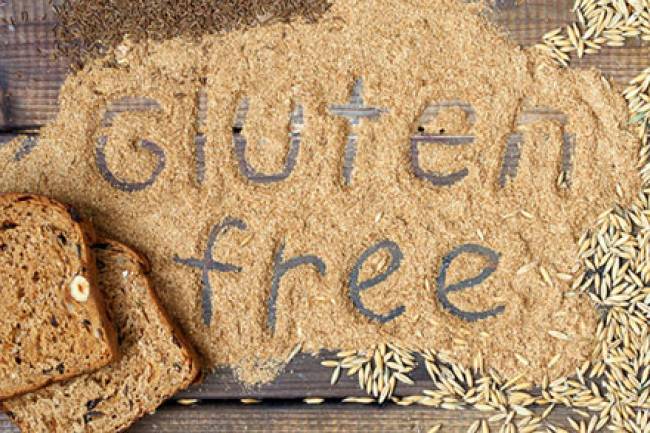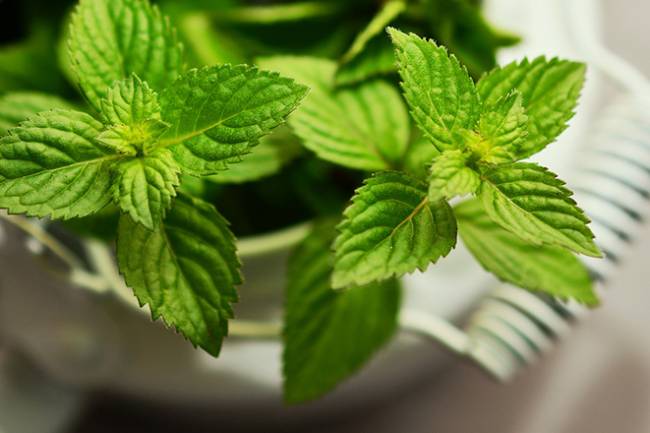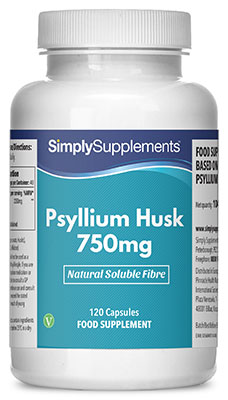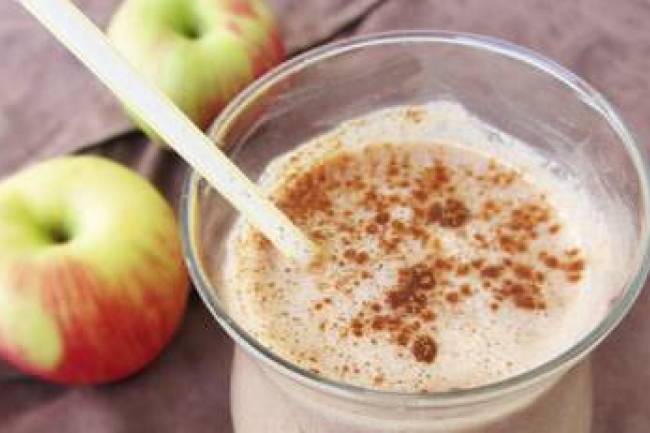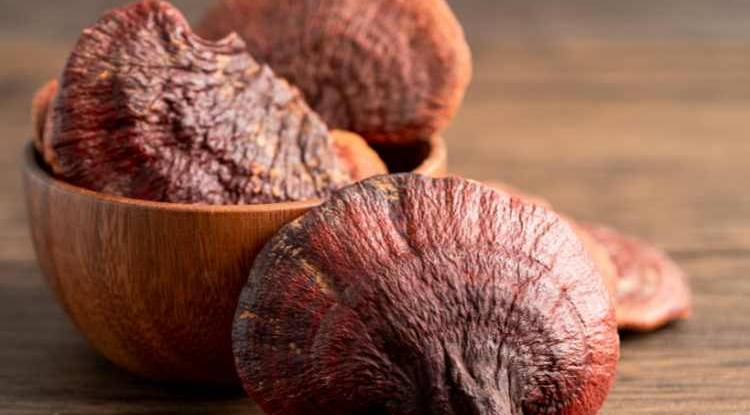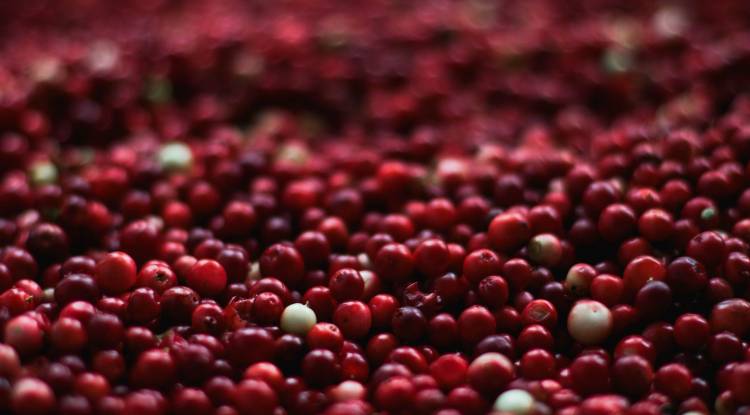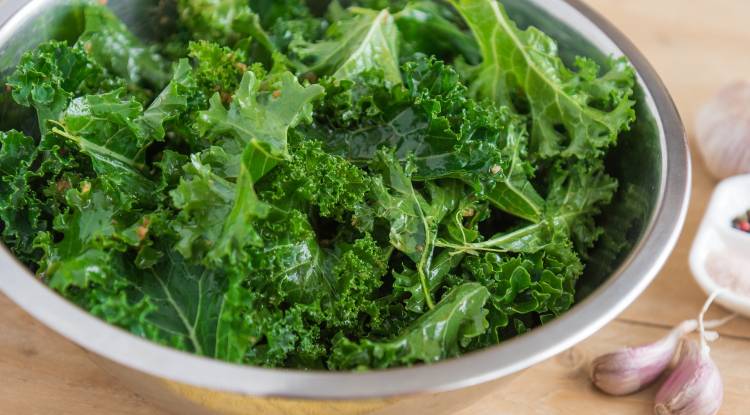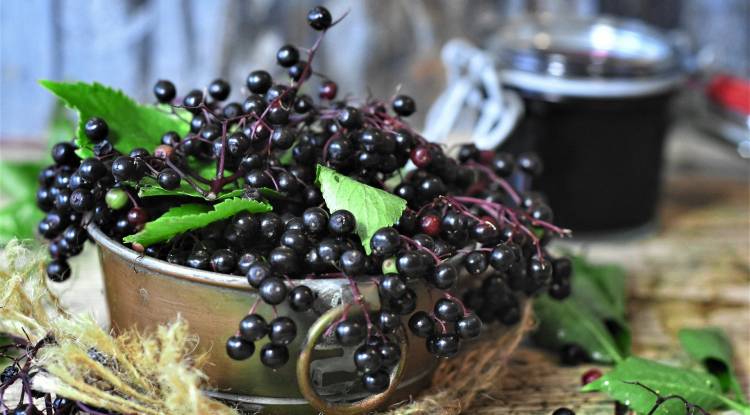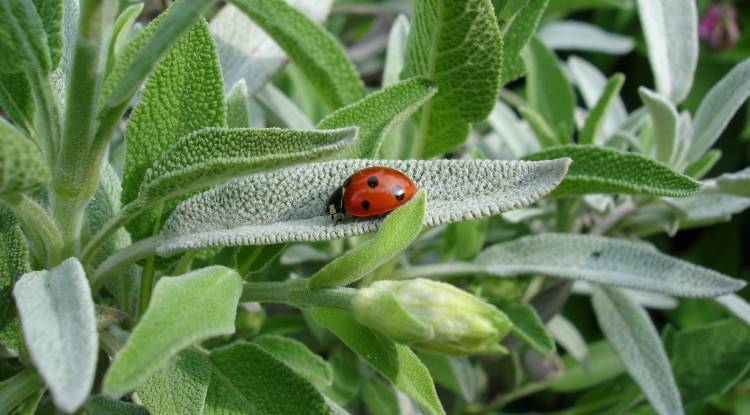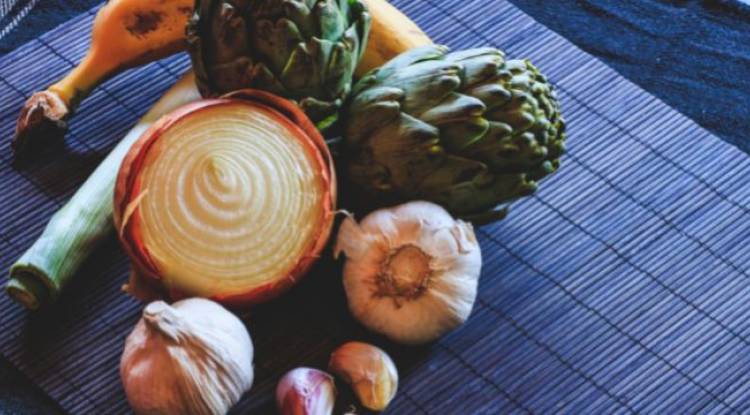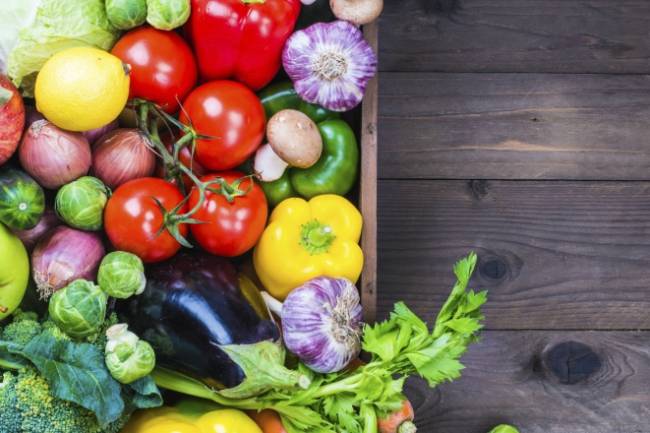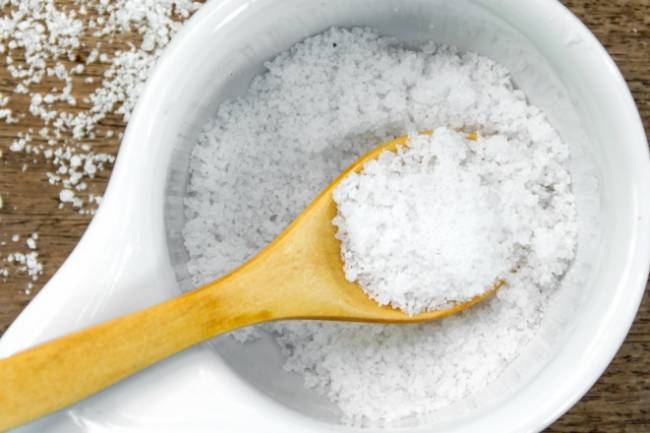How to Naturally Boost Your Fibre Intake
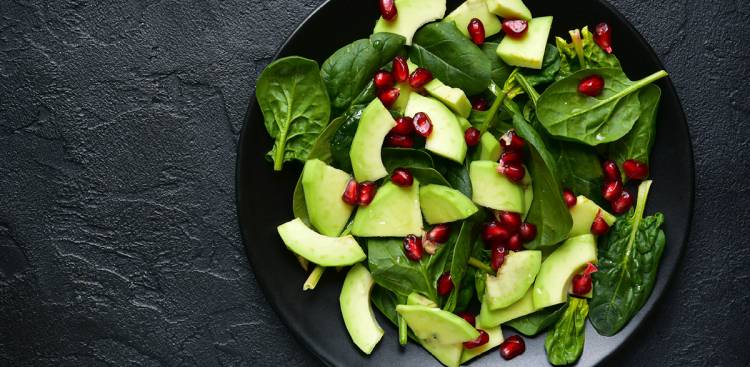
You've probably been told for years about the important role fibre plays when trying to ensure you receive a well-balanced diet each day. However, it can be hard to appreciate the plethora of benefits fibre can provide you and your health if you meet the daily recommended intake of 30g a day . That's why in this article we'll talk about a few ways you can help to naturally boost your fibre intake. Before we get started though, let's take a closer look at the nutrient in question.
What Is Fibre?
Despite how prevalent fibre is in foods like fruit, vegetables and cereals, a lot of people are unaware that instead of being its own special nutrient, it's actually a carbohydrate. Fibre is different to other kinds of carbs in that it doesn't get digested when it reaches the small intestine. Other nutrients like proteins, fats and sugars would normally diffuse across the lining of the organ, where they would be used deeper in the body. Fibre is solely used in the digestive tract, nowhere else. There are two different kinds of fibre that are used by your body, both of which have very different functions and uses:
Soluble Fibre – When soluble fibre enters your stomach, it mixes with water to become a thick gel which helps to ensure the stools your body produces are softer and easier to move through the digestive system. By getting a sufficient intake of soluble fibre each day, you can help to prevent constipation from occurring.
Insoluble Fibre – Passes through the entirety of the digestive tract without being broken down by the different acids, enzymes or bacteria it comes into contact with. Insoluble fibre's main role is to help the rest of the food that makes up your diet to pass through the digestive system healthily and efficiently. Just like soluble fibre, consistent daily doses can help to reduce the risk of constipation occurring. Too much insoluble fibre, however, may have the potential to accelerate the digestive system too much, causing diarrhoea.
Why Does the Body Need Fibre?
Like we discussed earlier, fibre is needed to help ensure that the things we consume are able to easily make their way through the digestive system, allowing your body to absorb the variety of different nutrients on offer, depending on what you eat. Let's take a more in-depth look at a couple of the biggest benefits your body can enjoy with a steady daily supply of fibre.
Weight Management
 Earlier, we talked about how when soluble fibre enters the stomach, it forms a gel which helps to bind the ingredients in your stomach to form healthier, softer stools that are able to move through the rest of the digestive system easier. In the process of doing this, things like fats and sugars may also become trapped, which means that when they make their way to the small intestine they are unable to diffuse across into the blood stream, where they may otherwise be able to help contribute to unhealthy weight gain.
Earlier, we talked about how when soluble fibre enters the stomach, it forms a gel which helps to bind the ingredients in your stomach to form healthier, softer stools that are able to move through the rest of the digestive system easier. In the process of doing this, things like fats and sugars may also become trapped, which means that when they make their way to the small intestine they are unable to diffuse across into the blood stream, where they may otherwise be able to help contribute to unhealthy weight gain.
For people currently undertaking a weight loss regime, or are looking to start one, fibre can play a crucial role keeping unwanted weight from developing when paired with a well-balanced, healthy diet and regular exercise. To determine the effectiveness of fibre in preventing weight gain, a study was conducted in 2006 in Finland to look at the association between diet content and energy density with changes in body weight and waist circumference. 522 individuals that participated in the Finnish Diabetes Prevention Survey who were identified as being overweight and aged between 40-64 years old served as the sample for the experiment.
The participants were randomised to receive standard care (control) or intensive dietary and exercise counselling. Baseline and annual examinations were conducted to generate the results of the experiment, which ultimately found that “individuals with low fat and high fibre intakes lost more weight compared to those consuming a high-fat, low-fibre diet (3.1 vs. 0.7kg after 3 years).” The scientists concluded that “dietary fat and fibre intake are significant predictors of sustained weight reduction.”
Heart Health
The benefits to your heart from consuming fibre follows on largely from what we talked about in the previous section, in that fibre helps to prevent sugars and fats from entering the blood stream. As well as combating weight gain, this effort can also help to support different areas of the coronary and cardiovascular systems:
• Excessive or large build-ups of sugars and fat can cause your blood sugar level to become elevated, which could damage the blood vessels and nerves of the heart.
• High levels of fat and sugar in the blood can cause cholesterol deposits to form on the interiors of major arteries which, if able to grow large enough and break away, may increase the risk of heart attacks and strokes occurring.
• These same fat deposits in blood vessels reduce the amount of room available for blood to be able to travel freely throughout the body.
This can result in elevated blood pressure and may mean your heart begins to strain itself and become damaged when trying to compensate for this hindrance. To quantify the theory that fibre intake is good for the heart, a detailed study conducted in 2004 looked to analyse the link between dietary fibre intake and the risk of coronary heart disease. The scientists performed a meta-analysis on 10 previously published studies in this field from the United States and Europe, and looked to compare the effects of fibre from three different sources; cereals, fruit and vegetables.
The results of the study found that, when the information gathered was adjusted for demographics, body mass index and other lifestyle factors, “each 10-g/day [gram per day] increment of energy-adjusted and measurement error-corrected total dietary fibre was associated with a 14% decrease in the risk of all coronary events and a 27% decrease in risk of coronary death.” The authors of the study therefore concluded that “consumption of dietary fibre from cereals and fruits is inversely associated with risk of coronary heart disease.”
How Can You Add More Fibre to Your Diet?
Now that you have a comprehensive understanding of how fibre works and why it is essential for your health, let's take a look some of the best ways you can naturally boost your fibre intake.
Chia Seeds
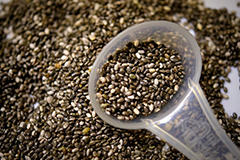 Chia seeds are a fibre powerhouse, with just 100g containing up to 113% of your daily recommended intake of dietary fibre. What's ever better, chia seeds are incredibly versatile, meaning that you have plenty of options and opportunities to work them into your diet. Whether you choose to sprinkle them into your morning yoghurt, add them to your midday fruit smoothie or bake them into oaty snack bars, even the smallest intake of chia seeds can be that natural boost of fibre that you're looking for.
Chia seeds are a fibre powerhouse, with just 100g containing up to 113% of your daily recommended intake of dietary fibre. What's ever better, chia seeds are incredibly versatile, meaning that you have plenty of options and opportunities to work them into your diet. Whether you choose to sprinkle them into your morning yoghurt, add them to your midday fruit smoothie or bake them into oaty snack bars, even the smallest intake of chia seeds can be that natural boost of fibre that you're looking for.
Chia seeds are renowned for their ability to be able to absorb up to 12 times their own weight in water, which turns the texture and consistency from small crunchy grains with a taste similar to poppy seeds, into a slimier, wetter mixture that's a bit sweeter. 1 tablespoon of chia seeds coupled with 3 tablespoons of water can even be used as a substitute for eggs, so the versatility of this ingredient can do your diet a world of good if consumed sensibly.
Because of the incredibly absorbent nature of chia seeds, you need to be careful, however, not to eat too many, too quickly, too often. When you aim to increase your dietary fibre intake, it's best to start off slowly and work your way up. This way you don't run the risk of dehydrating your body or upsetting your digestive system. Always remember to drink the recommended daily amount of 6-8 glasses of water a day to help counter-act the negative properties fibre can exhibit.
Fruits Like Avocado, Blackberries, Raspberries and Pears
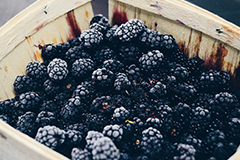 This suggestion might seem like an obvious one, but governmental studies regularly show that a large proportion of people in the UK fail to meet the recommended intake of 5 servings of fruit or vegetables a day. In a report published by the NHS in 2017 that gathered statistics on obesity, physical activity and diet, they recorded that “26 percent of adults ate the recommended 5 or more portions of fruit and vegetable a day in 2015.”
This suggestion might seem like an obvious one, but governmental studies regularly show that a large proportion of people in the UK fail to meet the recommended intake of 5 servings of fruit or vegetables a day. In a report published by the NHS in 2017 that gathered statistics on obesity, physical activity and diet, they recorded that “26 percent of adults ate the recommended 5 or more portions of fruit and vegetable a day in 2015.”
Naturally boosting your fibre intake through the addition of fruit to your diet is a simple lifestyle change to make. All you have to do is identify some of the unhealthier habits you currently have during the day and substitute them with your favourite fruit. Thankfully all fruits contain fibre, so any changes like this that you can ultimately commit to are positive.
• Instead of using chocolate spread or fatty pieces of meat like bacon or sausage, trying adding avocado to your morning slices of toast for breakfast. 1 half of an avocado can contain as much as 7g of dietary fibre, totalling 28% of your daily recommended intake. This fibre boost in the morning is easily managed because avocado is very simple (and quick) to prepare, so this option is suitable for anyone, no matter how busy your mornings get. Avocado is also a good natural source of alpha-linoleic acid, an omega 3 fatty acid, meaning that you can also help to support your heart at the same time.
• When you choose to snack in between meals, instead of reaching for a bar of chocolate or a packet of crisps, go for something like blackberries or raspberries instead. A 100g serving of raspberries can offer as much as 7g of fibre (28% of your reference intake), whereas the same size serving of blackberries can contain around 5g (20% of your reference intake). Just like chia seeds, berries like these can be applied to your diet in a variety of different ways, so don't be afraid to experiment to find what best suits you.
• Other fruits like apples and pears, which need very little preparation or special storage requirements, can be enjoyed at all times of the day and serve as another easy and convenient source of fire. 100g of apple can contain around 2.4g of fibre (9%), whereas pears sit a little higher on the scale with 3.1g (12%) of fibre per 100g. Remember to never peel them though, because a lot of their nutritional content is housed within the skin.
Leafy Green Vegetables Like Spinach and Lettuce
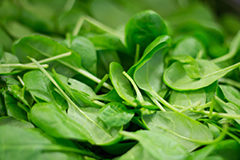 The last recommendation we have as a natural way of boosting your fibre intake is through the use of leafy green vegetables. Although they rank lower on the scale compared to other options we've discussed, with things like spinach and lettuce containing 2.2g of fibre for every 100g serving, leafy green vegetables can be used extensively throughout the day to help pad out your diet and add an extra dose of fibre.
The last recommendation we have as a natural way of boosting your fibre intake is through the use of leafy green vegetables. Although they rank lower on the scale compared to other options we've discussed, with things like spinach and lettuce containing 2.2g of fibre for every 100g serving, leafy green vegetables can be used extensively throughout the day to help pad out your diet and add an extra dose of fibre.
Leafy green vegetables are often overlooked because of how bland they can be, but their nutritional benefits cannot be overstated. That's why this method of naturally boosting your fibre intake gives you the opportunity to experiment with different cooking methods to rejuvenate and reinvigorate your taste buds. Lettuce, for example, as well as being used in salads, can be baked in the oven with a coating of different herbs, spices and seasonings to make some healthy homemade crisps.
Instead of being used in rice dishes, curries and risottos, spinach is a popular smoothie ingredient which pairs well with banana, kale and avocado. This kind of imagination can go a long way to help adapt your diet to include more vitamins and minerals, so try to set some time aside and experiment to see what best appeals to your taste buds.
Summary
From this article, you should now have a comprehensive understanding of what fibre is and what are some of the best ways to naturally boost your fibre intake. Fibre is found in a huge variety of different foods, so there will always be new avenues to explore if you continually struggle to find a fibre-heavy food that you like. It cannot be stressed enough, however, that sudden, significant elevations in fibre have the potential to cause digestive health issues. Remember to take it slow, introducing small amounts week-by-week to help ensure that you don't suffer unnecessarily.
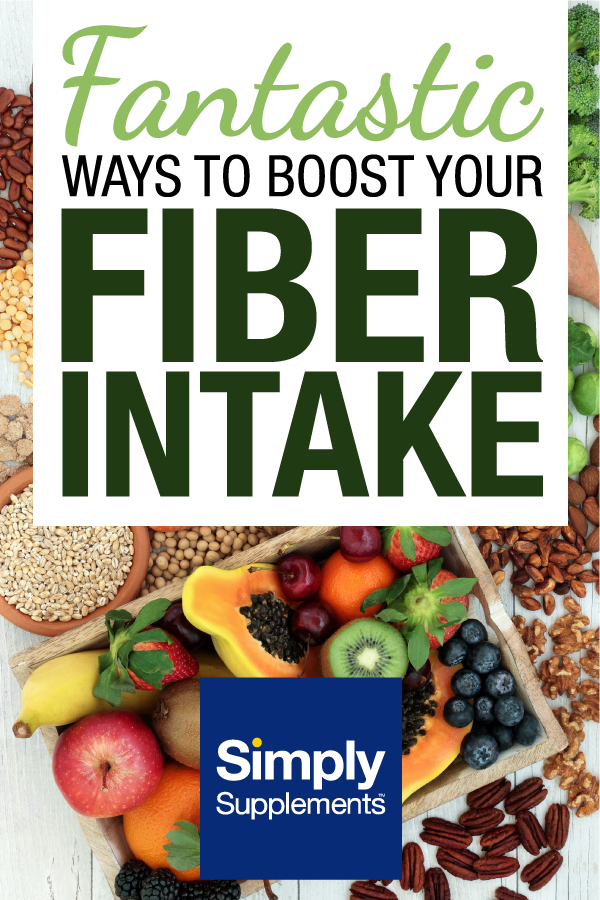
Sources:
https://www.nhs.uk/Livewell/Goodfood/Pages/how-to-get-more-fibre-into-your-diet.aspx
https://link.springer.com/article/10.1007/s00125-006-0198-3
https://jamanetwork.com/journals/jamainternalmedicine/fullarticle/216689
http://digital.nhs.uk/catalogue/PUB23742

 Nicole
Nicole 